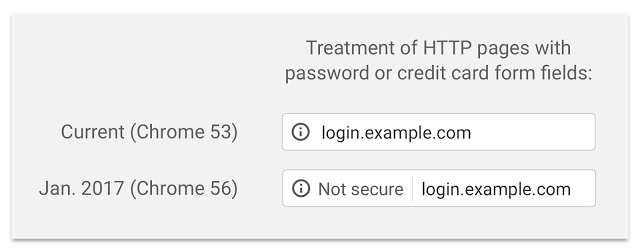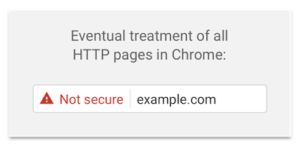“DNS continues to be one of the most targeted Internet services, and it remains the Achilles heel of global Internet infrastructure. DNS was not only the most heavily abused protocol for reflection/amplification DDoS attacks this year, but an attack targeting a specific DNS provider was also the cause of the most widespread Internet outage of 2016 (Note: attack on the provider Dyn, which caused for about ten hours, the inaccessibility of a big part of Internet in the USA, particularly impacting Twitter, Ebay, Netflix, Amazon, Paypal… in October 2016).”
Arbor Network Infrastructure Security Report – June 2017
But what is the DNS?

Because the human being is more apt to remember a name than a number, and because this is even more true for going on a website, between a domain name and an IP address, the human being, in order to simplify their life, have created the DNS: Domain Name System (or service).
For example: “I want to go on Google.com, my browser will ask the DNS what the IP address of the web server hosting google.com is, it will obtain it, then go on it and download the page.”
The DNS is a public database, decentralized and distributed, which associates domain names to IP addresses. It exists since 1985. It’s a part we can qualify as Internet infrastructure, essential to operate… and yet the DNS is invisible to the user.
The DNS has been massively adopted because it’s practical. It simplifies the user’s life and allows them to easily identify, differentiate, locate, memorize and transmit the domain name of a website associated to a brand. It has also been adopted on the other side of the mirror by its networks administrators to identify and differentiate servers, it is even more true with IPv6, with hosts multiplication and the arrival of the all connected. The DNS allows them, last but not least, to have the possibility to change servers and IP addresses in all transparency for the web user.
The DNS is omnipresent within the Internet. Everyone should be able to have access to it, if not, the Web would not operate anymore. This is what has happened in 2016 to our American compatriots, who had to do without Twitter or frenetically buying during almost 10 hours. The lost profit regarding revenue and impact on the brand image of the impacted companies have been significant.
But as it is invisible, everyone tends to forget it… and to realize it when it’s too late.
Strategic services relying on the DNS and the associated risks
Websites and email are two major services which systematically rely on DNS. Imagine that your website is unavailable for 1 minute, 10 minutes, 1 hour… and the consequences for your company, revenue, service discontinuity, image of the brand, customer’s loss. And what the consequences are for the absence of emails on this same period…
If these two services are the most potentially impacted, others can systematically rely on DNS:
VPN, VOIP, instant messenger… with the consequences smaller but equally regrettable for the operating of the company.
Attacks on DNS
Sadly, DNS servers are exposed to many potential attacks:
– Cache poisoning: make the DNS servers believe they receive a valid answer to their request while it is fraudulent. Once the DNS poisoned, the information in cache makes all the users vulnerable (send to a fake website).
– Man in the middle: The attacker alters the DNS server(s) of the parts in order to redirect their communication to them without the parts realizing it.
– DNS spoofing: redirect the web users without them knowing, towards hacked websites.
– DDoS: DNS are more and more targeted by DDoS attacks, in order to saturate them and prevent them to ensure the resolution of the company’s key services.
And all these attacks have the same consequences: hijack or stop the companies ‘traffic.
The big forgotten
From the user’s point of view, the DNS doesn’t exist, they use the naming system of domain names to navigate and send emails, they have only one need: that it works.
From the company’s side, the problem is different, it is usually a lack of information, a lack of conscience of the DNS importance and the consequences of a service breakdown.
In most of the cases, companies do not really pay attention. They will use an important budget to register and manage domain names, to rise their visibility and protect their brands, but will not linger on DNS servers’ strength at their disposal from their provider.
The good practices to implement: having first rate DNS infrastructure
First of all, consider whether your strategic domain names already beneficiate from a particular attention from the DNS infrastructure. Are called strategic, all domain names on which rely the key services traffic of the company: web sites, email, VPN, instant messenger…
To gain its own DNS infrastructure is a solution which presents advantages of flexibility and control, but the acquisition cost, management and maintaining on one side, complexity and necessary knowledge on the other, are often crippling or badly evaluated. It’s usually easier to go for an extern DNS infrastructure, managed by a registrar, host or specialized provider. It is then appropriate to check which availability annual rate is ensured and how it relies on the good practice for a maximum availability.
To ensure a high availability to your Internet services, it’s essential to choose a DNS solution highly available which offers:
– Necessarily functionalities to a DNS intensive use;
– A network of anycast type to reduce the DNS resolution time and ensure an optimal access time to your websites.
– A DNS infrastructure secured and staying available even in case of attack.
– Key functionalities like : GeoIP, Failover, Registry lock, DNSSEC, anti-DDoS smart filter
Conclusion
The DNS is not visible but is everywhere, it ensures the access to our key services thanks to the resolution of your strategic domain names, it is potentially exposed to many attacks with disastrous consequences and it lacks too often attention from companies. So.. Don’t forget about it and if necessary, talk about it with your Nameshield partner.


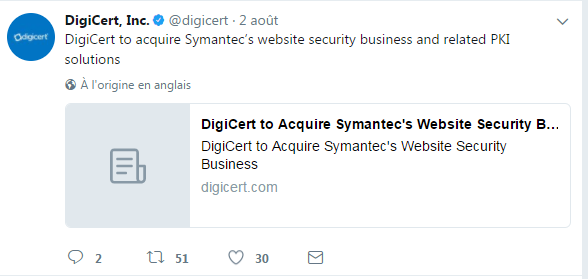
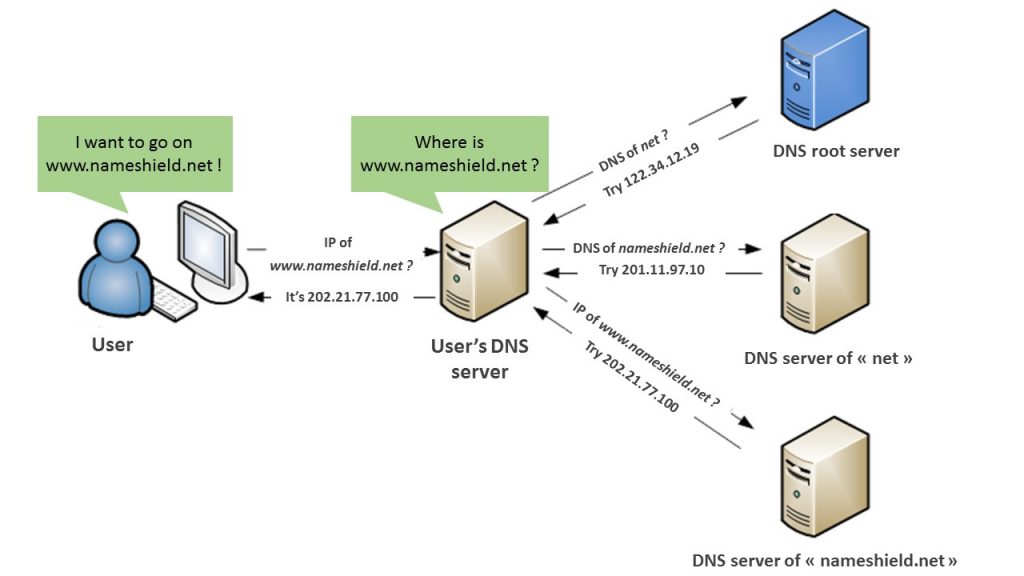
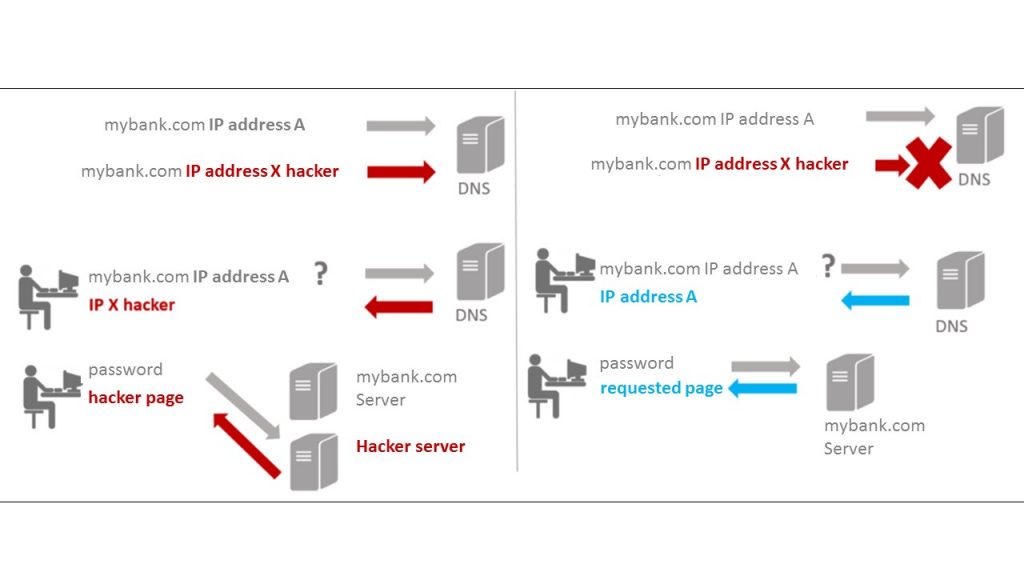
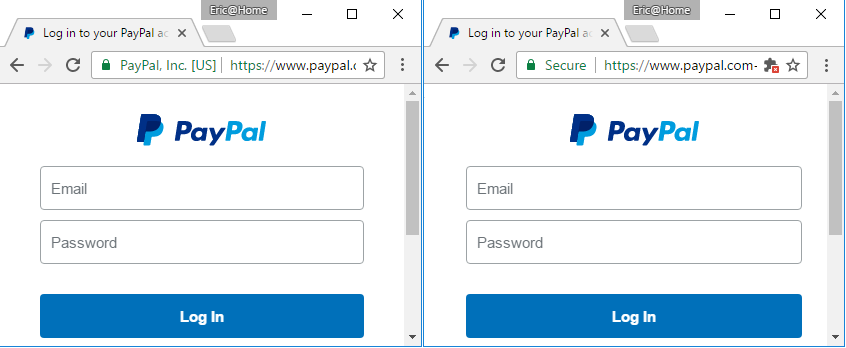
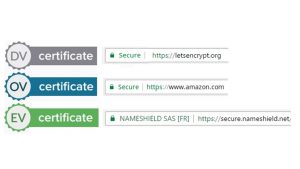
 Chrome 53 launched on 31 August 2016 and with it Google is continuing its offensive for a safer internet.
Chrome 53 launched on 31 August 2016 and with it Google is continuing its offensive for a safer internet.


